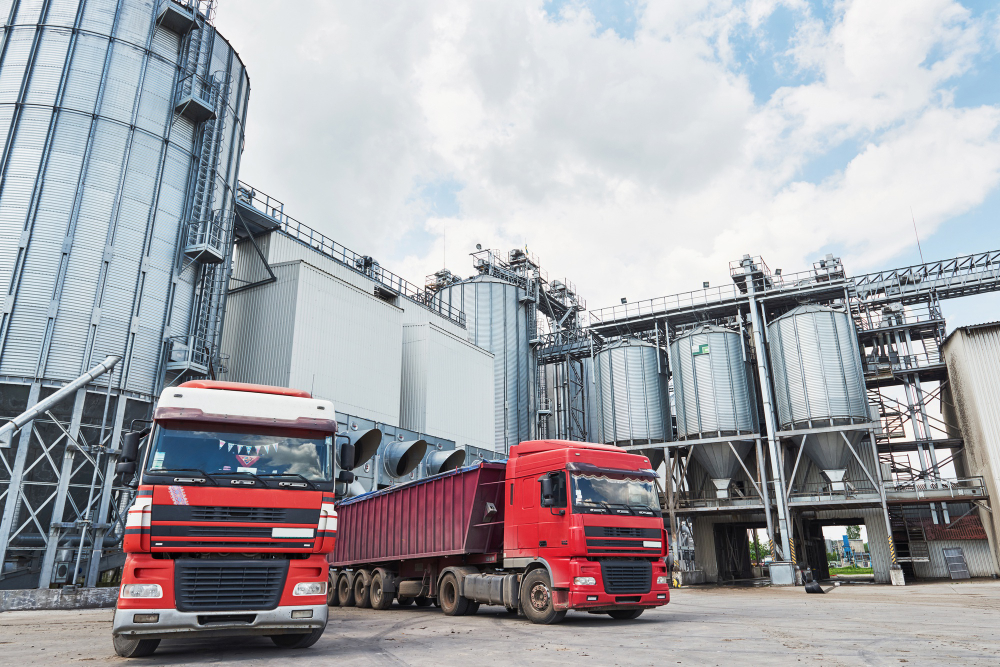Fuel distribution is how fuel moves from refineries and terminals to stations, fleets, businesses, and airports. In 2026, the basics stay the same—move the right product, to the right place, at the right time—but the tools and expectations are higher. Here’s a simple, friendly guide.
What’s new in fuel distribution?
-
More types of fuel: Not just petrol and diesel—now you’ll also see bio-blends, renewable diesel, and DEF for trucks.
-
Live updates: Customers expect accurate ETAs, text/email alerts, and quick proof of delivery.
-
Digital paperwork: Less paper, more e-signatures and photos stored in one system.
-
Tight margins: Profit comes from smarter planning, not just cheaper fuel.
Quick example: One distributor switched to a terminal with shorter queues. Same price, less waiting. Deliveries became more on-time and drivers worked fewer late hours.
The simple fuel distribution flow
-
Pick up fuel from a terminal (rack).
-
Transport it in a tanker with separate compartments.
-
Deliver to a station, fleet yard, or generator.
-
Confirm delivery with a photo and e-signature (POD).
-
Invoice right away—no waiting till week’s end.
What to focus on in 2026 (no jargon)
1) Reliable routes
-
Choose terminals with shorter lines, not just lower prices.
-
Plan drops to avoid peak traffic and local curfews.
2) Clear communication
-
Send live ETAs and updates if things change.
-
Use photo proof so customers trust the numbers.
3) Simple safety
-
Keep spill kits on the truck and at sites.
-
Do quick checks before loading and after delivery.
4) Smart scheduling
-
Give drivers predictable start times.
-
Keep a backup terminal and backup route ready.
Everyday risks (and easy fixes)
-
Terminal outage: Have Plan B and Plan C terminals already approved.
-
Driver shortage: Offer steady hours, training, and a clear bonus plan.
-
Bad weather or holidays: Pre-stage extra fuel near key customers (e.g., hospitals).
-
Paper mistakes: Use e-manifests that won’t let you miss a field.
Where the profit hides (simple wins)
-
Cut waiting: Track how long you wait at each terminal and switch to faster ones.
-
Fill compartments wisely: Deliver more in fewer trips—safely.
-
Invoice faster: Bill right after delivery with photo proof.
-
Prevent stockouts: Use basic tank monitors or regular checks to reorder earlier.
A 30-minute weekly checklist
-
Are we choosing the quickest terminal this week?
-
Did any customer almost run out? Fix the reorder timing.
-
Are spill kits complete? Replace missing items.
-
Did we invoice on the same day as delivery?
-
Any driver feedback on routes or delays? Adjust next week.
Quick stories
-
Airport job: Adding a backup terminal cut missed time slots by almost half.
-
Storm week: Small tanks placed near hospitals kept generators running and won new business.
-
New drivers: Pairing rookies with mentors for 60 days kept more drivers on the team.
FAQs: Fuel distribution, made easy
Q1) How can I improve on-time delivery fast?
A: Pick terminals with shorter queues, plan around traffic, and send live ETAs.
Q2) Do I need fancy tech?
A: Start small: live ETAs, photo proof, and e-invoices. Add tank monitors for your biggest customers next.
Q3) What’s the best way to avoid stock outs?
A: Set simple reorder levels (e.g., when a tank hits 30%, schedule a drop) and check them weekly.
Q4) How do I keep drivers happy?
A: Give steady schedules, clean equipment, and bonuses tied to safety and on-time delivery.
Q5) We deliver petrol, diesel, and DEF—any tips?
A: Keep a fixed compartment plan and a clear hose order. Don’t allow last-minute swaps without a quick double-check.
Keep it simple, keep it safe, and keep customers updated. That’s how you stay competitive in fuel distribution.
Read Also: Premier Petroleum® (Fuel Distribution & Branding)

